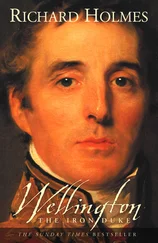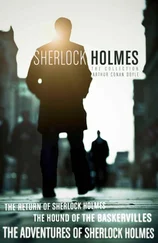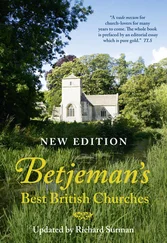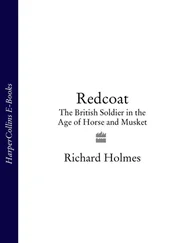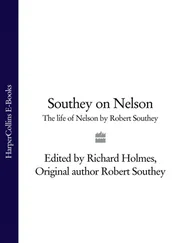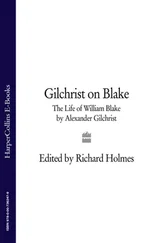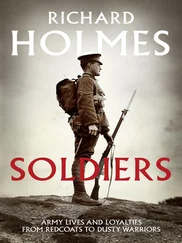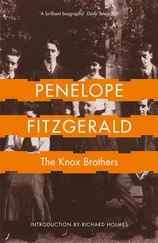Riding forward with his regiment he saw the East India Company’s army looking almost as it might have done nearly a century before:
The stern, determined-looking British footmen, side by side with their tall and swarthy brethren from the Ganges and Jumna – the Hindu, the Mussulman, and the white man, all obeying the same word, and acknowledging the same common tie; next to these a large brigade of guns, with a mixture of all colours and creeds; then more regiments of foot, the whole closed up by the regiments of native cavalry; the quiet looking and English dressed troopers strangely contrasting with the wild Irregulars in all the fanciful un-uniformity of their costume; yet these last are the men I fancy for service. 18
It was a prophetic comment, for Hodson – brave, hard as nails and deeply controversial – was eventually to raise his own irregular cavalry regiment, Hodson’s Horse, which left a bloody track behind it during the Mutiny. ‘I never let my men take any prisoners,’ he wrote, ‘but shoot them at once.’ In one sense he represented ‘that side of themselves which the British in India preferred not to see’. He was mortally wounded at Lucknow in March 1858 and was buried there in the grounds of the La Martinière school. 19His tombstone bore the words: ‘Here lies all that could die of William Stephen Raikes Hodson.’ For all his reputation as a looter, when his effects were auctioned, as was the custom, by his comrades, they fetched only £170, and his much-loved widow Susan was spared poverty only because the Secretary of State for India gave her a special grant. His regiment later formed the 9th and 10th Bengal Lancers, and survives to this day in the Indian army, an example of a thread of continuity that was often twisted but never broken. 20
It is impossible to think of the British in India without paladins such as Hodson, John Nicholson, Henry Lawrence and Herbert Edwardes. But they were always in a minority, even amongst British soldiers. Far more of the protagonists in British India never held the Company’s, King’s or Queen’s commission, and many, like Private George Smith, who served in India in the 1870s, had their own very distinctive views of the country and its people.
In India’s clime, ‘midst dust and boiling heat,
Where swaddies are tumbled with their sweaty feet,
The land of pumpkins, melons and bananas,
Where soldiers’ pay is reckoned up by annas,
Where people of their clothes cannot much brag,
But walk out gaily in a clean arse rag.
The natives’ bodies give a sweet perfume,
Like old dead horses smelling in full bloom.
The land of sand-fly, mosquitoes and bugs,
That fly round buzzing in a soldier’s lugs.
Sleep away and sweat comes out like tallow,
And rolling about, he damns the Punkah wallah,
Calls him a sowar, which is nothing new,
Or cracks his head with an ammunition shoe.
If that doesn’t do for natives’ skulls are thick
He tries to rouse him with a well aimed brick …
The cooks come crying take your coffee sahib,
And various merchants bawling out cold pop,
Curried tripe, cow heel, boiled sausages and sop,
And other curious smelling doses,
It would make most epicures turn up their noses.
And coves crying shove up those bloody tatties,
Or that damned bheestie has not filled the chatties.
And parrots squeaking, mad soldiers roaring,
And blokes on charpoys sleeping hard and snoring.21
So many ingredients of military life in India are here. The punkah wallah tugging the string that moved the punkah – a swinging fan hung from the ceiling; sowar – actually a trooper in an Indian cavalry regiment – remained a term of abuse left over from the Mutiny; tatties were grass mats used to cover windows in hot weather, kept wet in an effort to reduce room temperature; a bheestie (like Kipling’s Gunga Din) was a water-carrier; a chatty was a spherical earthenware water pot, and a charpoy (a word still used in the British army until recently) a bed.
But writing about India presents a particular problem, because spelling, transliteration and terminology have changed. An author is often faced with the alternative of using outdated spellings which are nonetheless familiar to an English-speaking readership, or adopting current spellings which make history infinitely more difficult to follow. I had little difficulty in settling on Bombay rather than Mumbai and Madras instead of Chennai. It was harder to decide that my heroes would not look out from Kanpur across the Ganga to Avadh, as one might today, but would see Oudh across the Ganges from Cawnpore. 22I have retained the term Sikh Wars, Anglo-centric though it is, because that is what most (though not all) authors writing in English call them. More controversially, I call the events of 1857–59 the Mutiny, rather than the Indian Revolt, whilst happily acknowledging that it was not the exclusively military phenomenon that the word mutiny implies.
The quest for consistent transliteration would compel us to cross a bridge too far. We have already seen William Hodson write about Hindoos and Hindus in the same piece. The title pages of Richard Burton’s three books on Sind all rendered the spelling of the province differently, and although I style the place Sind, I cannot deny that the local regiments had Scinde in their title. Amongst the graves in Rajpura cemetery, Delhi, are those of two officers killed in the same battle, rendered on one tombstone as Badlee Surai and on the other as Badli ka Sarai. Lieutenant Richard Barter, who survived the battle, preferred Badli ke Serai, and so, generally, do I. Where I give an individual a rank it is generally the one he held at the time in question: Fred Roberts died a field marshal and a peer, but he was a subaltern on most of the occasions when I mention him.
Lastly, the India I write about now consists of India, Pakistan and Bangladesh (with Burma administered by the British as part of India for much of the period). The old Indian army brought together men of many religions and none, and it is almost impossible to resist the conclusion that Partition was one of Britain’s less fortunate legacies. I have wandered about many of the battlefields described on the pages that follow, crossing the little River Cauvery to see where British cannon balls gouged the walls of Tipu’s fortress of Seringapatam in 1799, trudged through the mud (for it was the tail end of the monsoon) across Arthur Wellesley’s – the future Duke of Wellington’s – 1803 battlefield of Assaye, and looked, from the urban sprawl of Delhi’s Kashmir Gate, towards the ridge from which the British attacked the city. Perhaps most memorably, five years ago, I rode from Gilgit across the Shandur Pass to Chitral, brushing the Afghan frontier with my right sleeve, in the steps of Lieutenant Colonel James Kelly’s tiny force which raised the siege of Chitral in 1895. We rode into Chitral behind the bagpipes and drums of the Chitral Scouts, who were shrilling out those North-West Frontier favourites like ‘Hielan’ ‘Laddie’ and ‘Black Bear’, lasting evidence of the attraction of the music of one tribe of tough hillmen to another. In an orchard in the shadow of Chitral Fort I said goodbye to my Afghan pony, thick-necked, grey-coated and perverse, having narrowly decided against buying him so as to have the satisfaction of seeing his name on a tin.
Travelling in India and Pakistan is often uncomfortable, but feeling the harder edge of the subcontinent is a useful antidote to the excessive romanticism that, all too easily, seeps into this sort of subject. Twenty miles a day on beans and hay from the Karakoram to the Hindu Kush is no easy matter even today, but I can at least begin to imagine what it must have been like for men who did it in khaki drill jackets and ammunition boots. How their grandfathers coped with red serge and white cross-belts in the heat of the plains is another matter altogether, as we shall soon see.
Читать дальше

